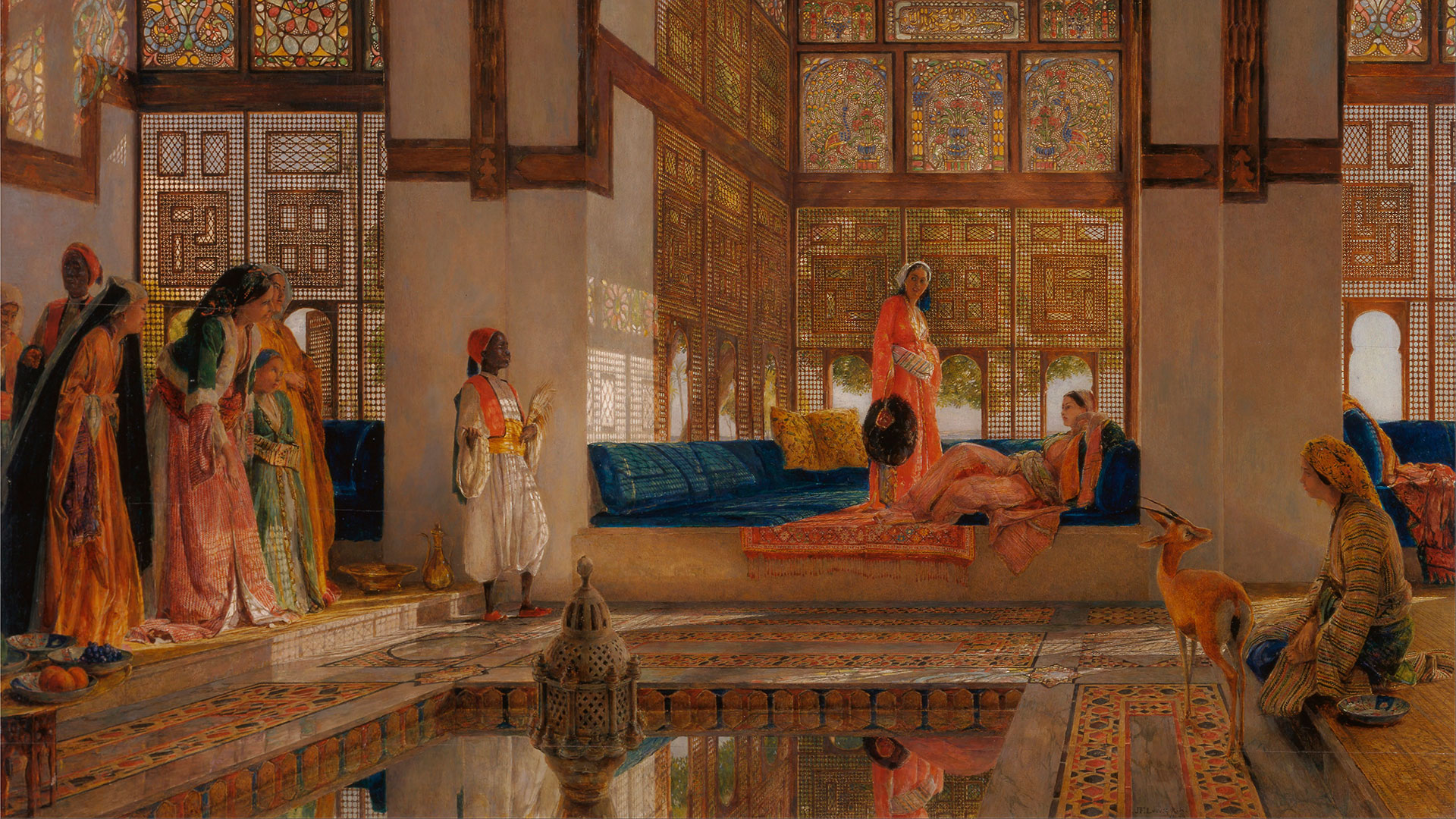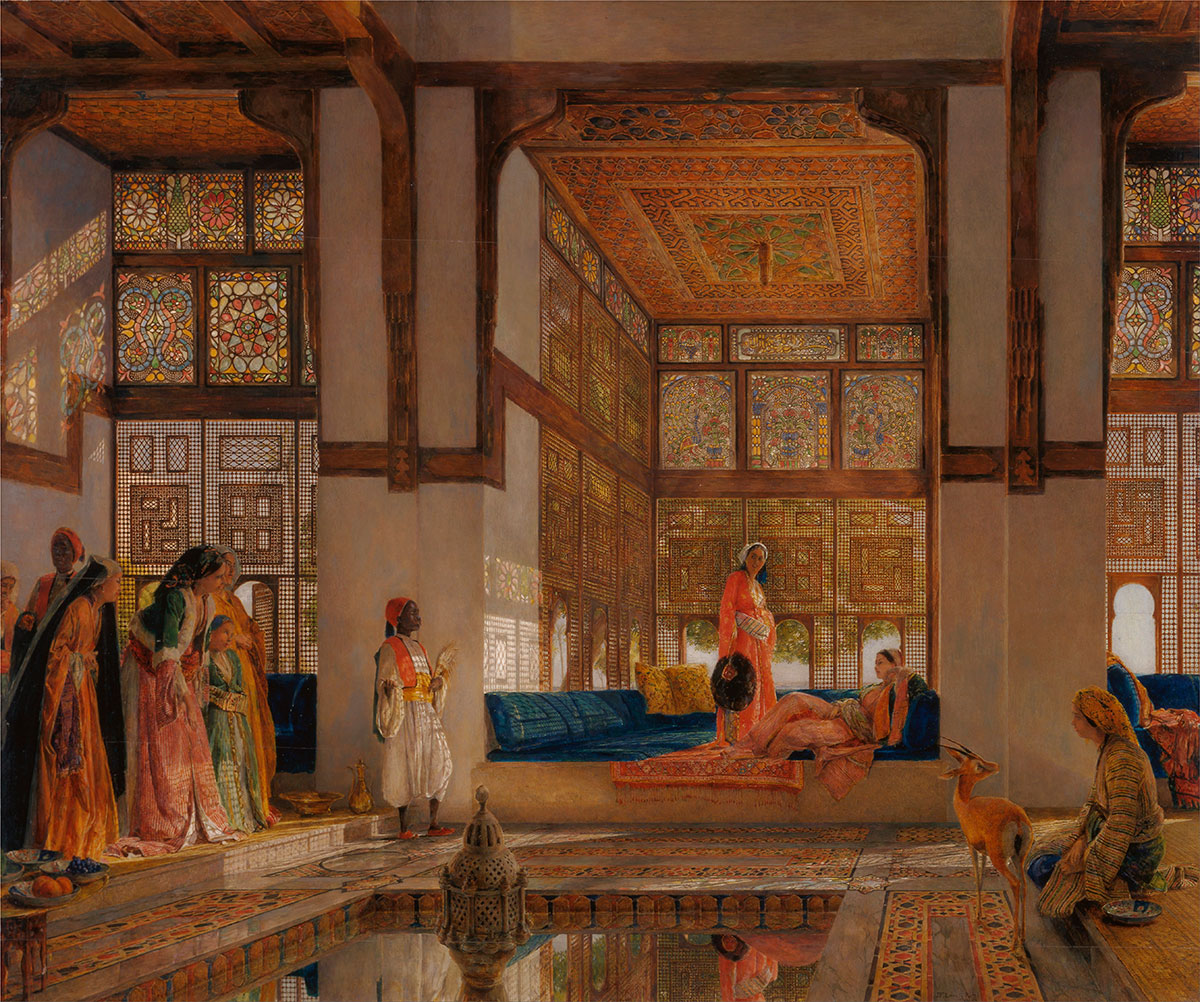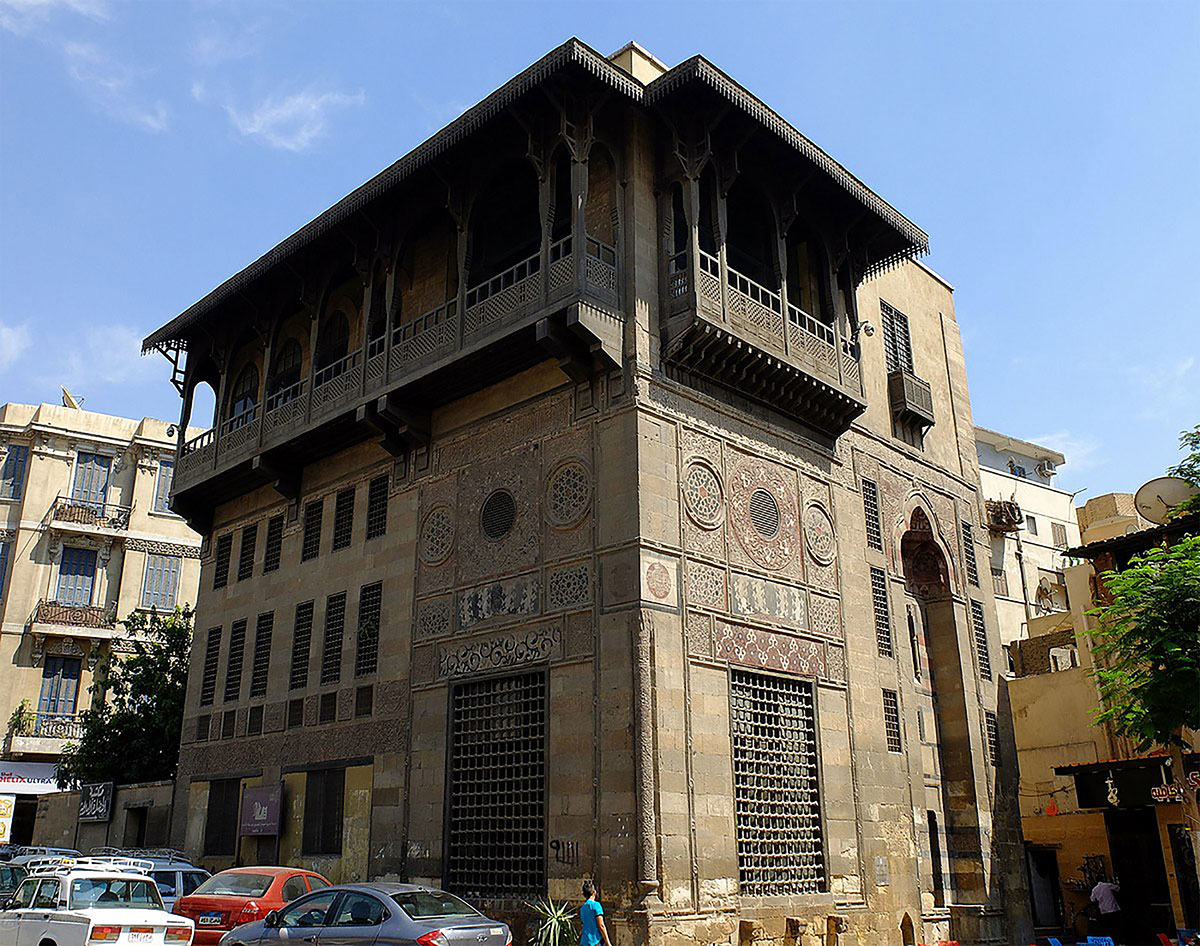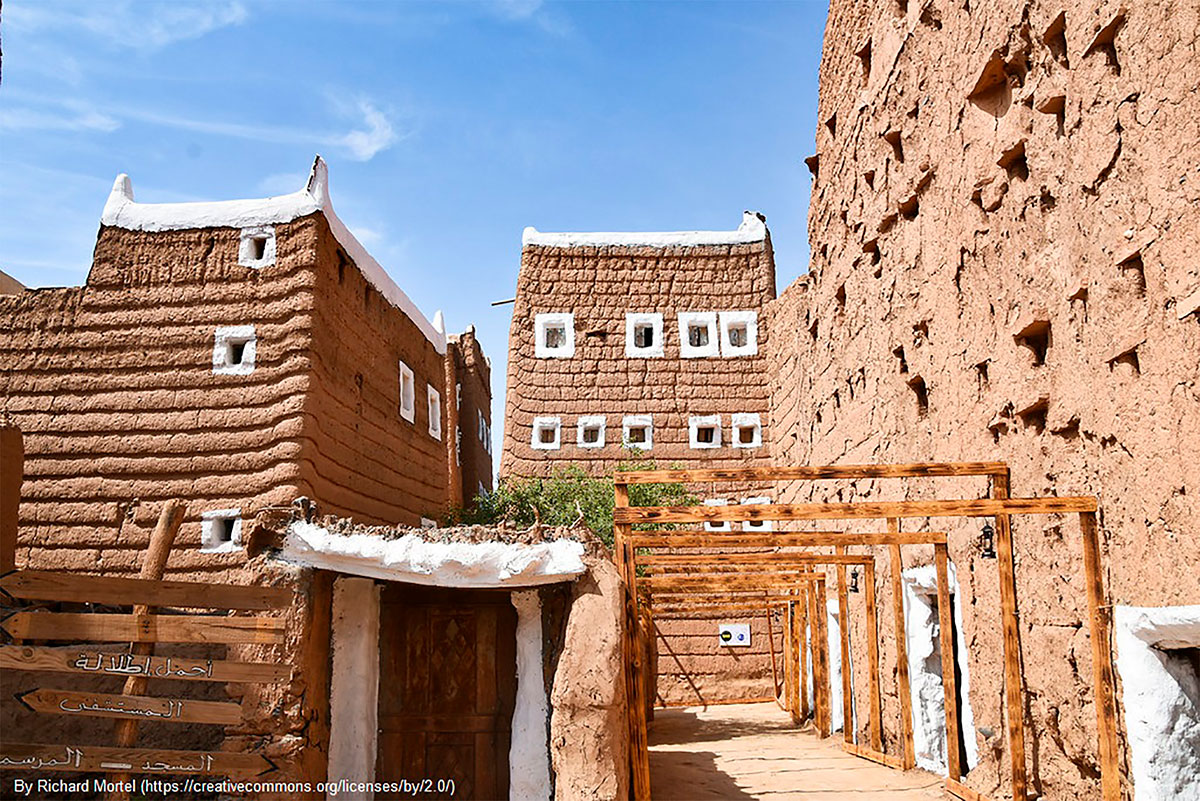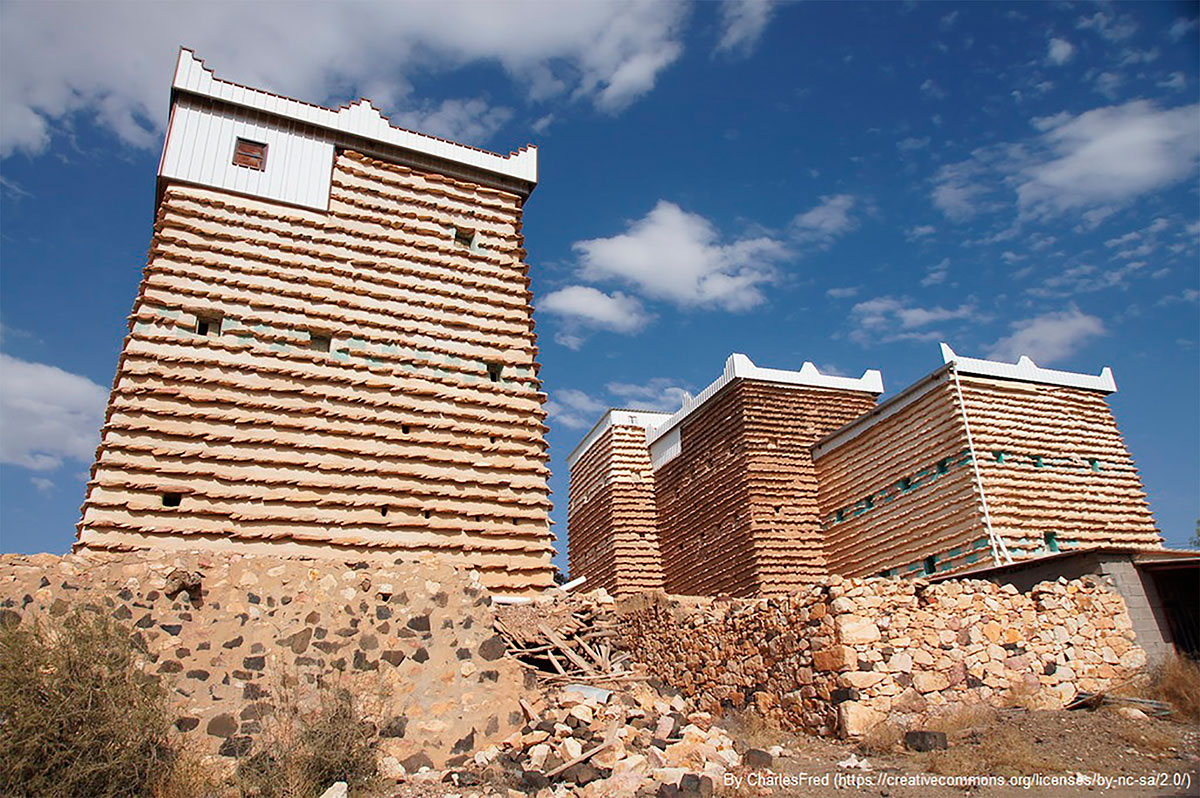Saudi Arabia is divided into four major historical regions. The Hijaz region, located in the west of the country, occupies the plains along the Red Sea coast and is home to major cities such as Jeddah, Medina and Mecca. The Neyed is a vast plateau that occupies the central part of the country and rises above sea level to between 762m and 1525m, with Riyadh, the capital, as its most important city. The eastern provinces of Saudi Arabia are located on the shores of the Persian Gulf. Finally, the province of Asir occupies the extreme southwest of the country. Just as the meteorology differs in each of these regions, so does the traditional architecture found in them and their construction methods.
Vernacular architecture in the Hijaz
In the Hijaz there are numerous traces of vernacular architecture (buildings outside any academic tradition or professional orientation), as examples of the ancient craft of itinerant artisan builders. The traditional architectural buildings that survive in the historic towns of the region are characterised by rectilinear forms, the use of local materials such as coral for the columns, or silt clay and palm wood, which give them characteristic shades and textures, and a multi-storey layout.
In this respect, the layout of the floors were used to accommodate the different functions of the building: the ground floor and the first floor were used respectively as a reception area or lounge and as living quarters for guests (since the region has always received a large influx of pilgrims and in Islam hospitality is a very important value); the rest of the upper floors were reserved for the family who resided permanently in the building; finally, and to take advantage of the coolness of the sea breeze and thus combat the excessively hot climate in summer, they used the top floor, the terrace, for sleeping.
In terms of ornamentation, families and craftsmen favoured geometric patterns, Arabic calligraphy and abstract vegetal forms. Special mention should be made of the mashrabiya, one of the most significant architectural features in the region. It consists of a projecting bay window enclosed by carved wooden latticework, sometimes enhanced with stained-glass windows, located on the upper floors of the building. It was traditionally used for ventilation and cooling of the room, and water jars and basins were placed in it to cool the water by evaporation.
Architecture for extreme climate in Neyed and eastern provinces
In the Neyed region, the climate is hot and dry and the high daytime temperatures drop dramatically at night. A typical house in the area is two storeys high, built around an open, square or rectangular central courtyard, which serves to regulate the temperature and as a private space for the resident family. In addition, the roof level was also used for sleeping in summer. The local material available for building Neyed houses was traditionally mud, with which the walls were plastered and sun-dried bricks were made. The exterior walls are usually thick (80 to 100 cm) and windowless or with very small windows, to insulate the interiors from the extremes of day and night temperatures. In addition, Nayed houses were built on both sides of narrow alleys to avoid the sun’s rays and provide shade for residents and passers-by.
In the eastern provinces, houses have similar characteristics to those of the Neyed. After all, although their climate is more humid due to the proximity of the waters of the Persian Gulf, temperatures are still very high during the day and cold at night. One of the distinguishing features is the construction of wind towers attached to the house, an element that extends beyond the region into Iran.
Architecture in the Asir Mountains
Assyria is a high mountain region, with a Mediterranean-type climate, or dry summers and rainy winters. Centuries of living in these climatic conditions resulted in stone houses in the hills and mud houses in the valleys. It is the mud houses that present a truly unique architecture. These are built in stages, one layer being laid on top of another when the previous one dries out, and each layer is topped by protruding stone slabs. The clay walls slope inwards, giving them a slightly truncated pyramid-like appearance. The thickness of the walls is reduced as they rise, a construction method that reduces building materials and pressure on the foundations. The edges extend to the top of the building, resulting in a distinctive decorative crown. In addition, one of the characteristic features of the region’s architecture are the stone cornices that protrude from the walls and protect the façades from rain erosion. In addition, the buildings are nowadays decorated with bright colours, both inside and outside. Whilst the men build the houses, it is the women who do the painting.
Sources: Wikipedia 1, Wikipedia 2, Wikipedia 3, Omrania, Natural Homes


